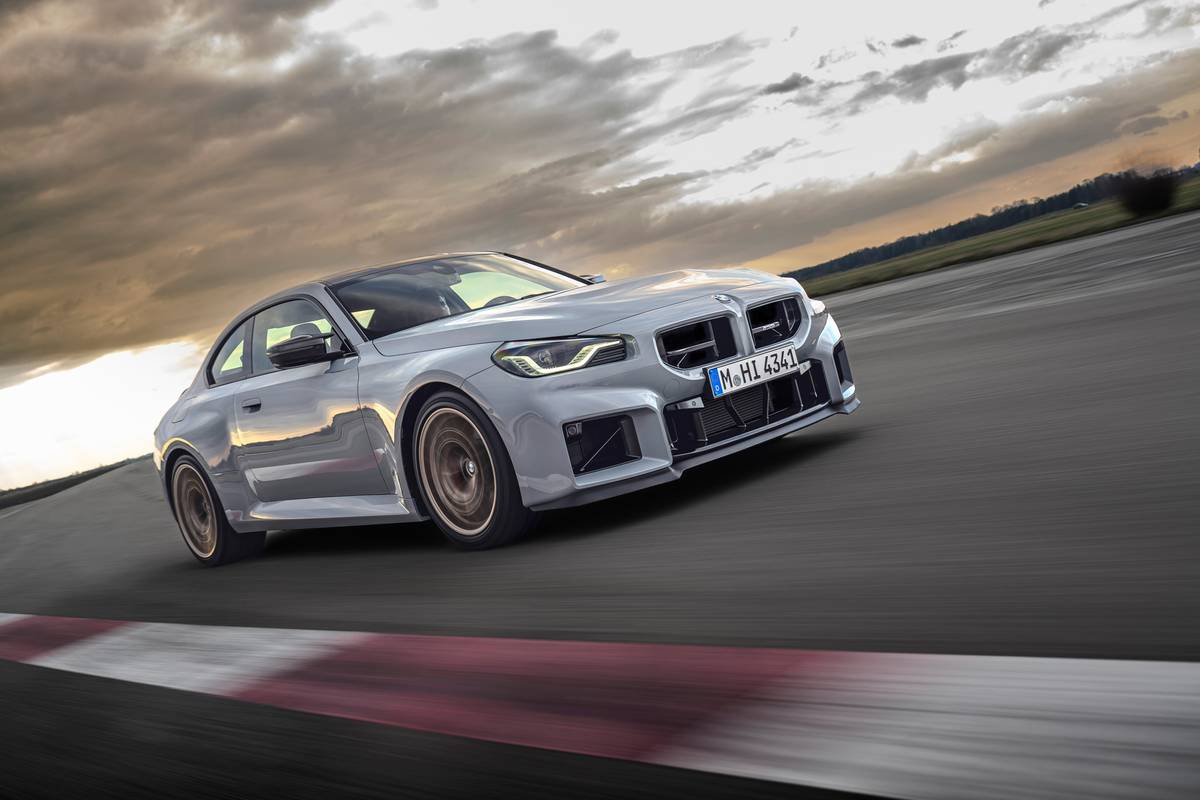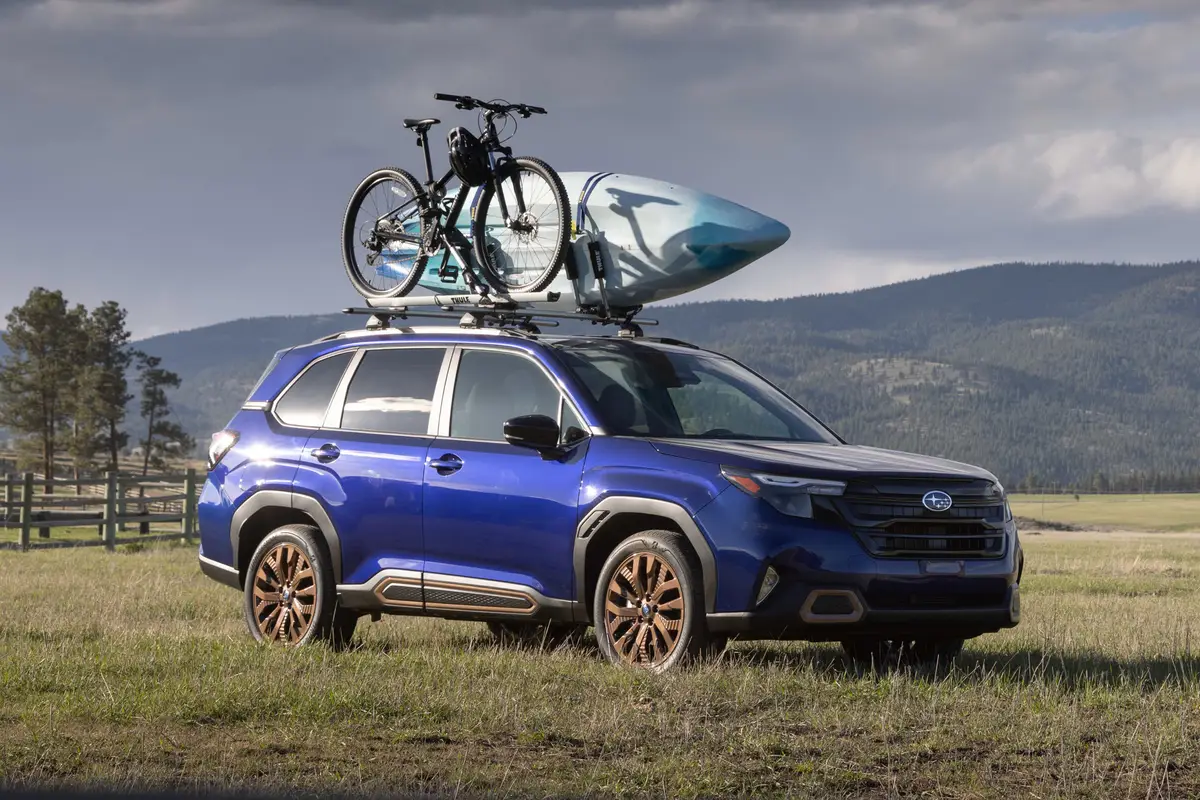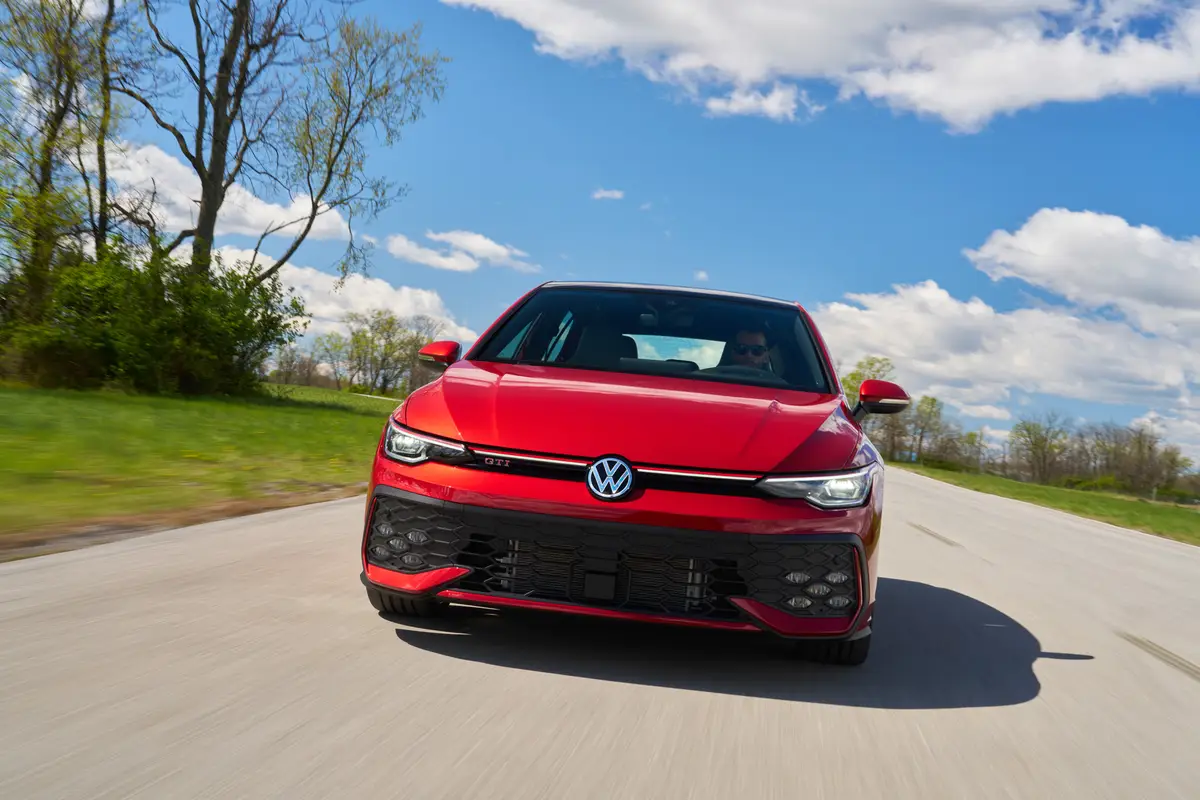washingtonpost.com's view
The tinny feel is gone. The low-budget interior is missing, too. The body remains mainline generic. But a lower hood, longer length and wider rear give it a slightly sporty look, a touch of class.
The 2000 Sentra SE sedan. It’s not what it used to be, and there’s much to applaud in its transformation.
Nissan has joined Ford Motor Co. and Toyota Motor Corp. in renouncing the idea that “entry-level” should mean cheap. Ford has given us the imaginatively styled, highly spirited Focus. Toyota is offering the spirited but somewhat less physically attractive Echo.
In terms of styling, Nissan has chosen a more conservative route, something it calls “contemporary exterior design,” which is a euphemism for playing it safe — an understandable strategy for a company with a limited bank account and little leeway for costly errors.
Well, Nissan has made no mistake here. The new Sentra is an enjoyable value, overall excellent construction, good engineering, generally pleasing design, comfortable, practical and environmentally friendly. More important, it bespeaks choice vs. necessity.
Let me explain.
Predecessor Sentras came with the equivalent of a poverty tag. There was something about them that said you couldn’t do any better because you had no money to buy anything else.
Surely that might’ve been true for many Sentra owners, especially for those just starting out in life or struggling to put a life back together after a job loss, divorce or some other unhappiness.
But who wants to be labeled that way? “No one,” according to the new Sentra’s developers. The new car recognizes the value of human dignity. It says you bought it because you wanted to buy it. No excuses or apologies are needed.
That’s especially true of the sporty Sentra SE equipped with a five-speed manual transmission. I enjoyed driving this car. I felt good in it.
Nissan went to school on this one. The body is 30 perent more rigid, which helps vehicle handling in close encounters of a highway kind. Should you fail in those maneuvers, you have a much better chance of escaping injury, or worse. Crash protection has improved markedly.
The front end of the car has been turned into a crash-energy control zone, with hexagonal front-side sections designed to absorb as much collision energy as possible before transferring the remainder to the passenger cabin. Seat belts and air bags go to work to help protect you in the cabin. But Nissan also has cushioned the upper interior portions of the Sentra to provide more head protection.
The feeling of substance is enhanced by a new quietude. Foam-filled pillars, better adhesives and higher-quality bushings have been employed to reduce road and engine noises. There are no discernible shakes or rattles. It’s the difference between a noisy apartment and a well-carpeted penthouse.
The new Sentra is 6.5 inches longer (now an over all 177.5 inches long), nearly an inch wider (overall 67.3 inches) and 1.1 inches higher (55.6 inches). That means the car seats five people comfortably and offers a fair amount of cargo space (11.6 cubic feet).
This car belongs on the shopping list of anyone looking for a quality front-wheel-drive compact car.
Nuts & Bolts
2000 Nissan Sentra SE Sedan Complaints: I didn’t like scraping the car’s front end exiting steep or semi-steep driveways. It didn’t happen in other compacts.
Praise: Nissan set out to make a better Sentra. It succeeded admirably. In truth, I could find little to complain about in this car.
Head-turning quotient: People looked at it without prompting. Any veteran Sentra owner would call that an improvement.
Ride, acceleration and handling: No complaints here, either. The tested SE did well under all driving conditions, meaning that it handled highway speeds and lane changes compet ently and it moved nicely through tight urban traffic.
Engines: The test car’s 2-liter four-banger develops 145 horsepower at 6,400 rpm and 136 pound-feet of torque at 4,800 rpm. A 126-horsepower four is standard.
Sentra lineup: The Sentra comes in four models, the XE, GXE, SE and a limited-production CA (clean air) model sold exclusively in California. That means the CA, through a variety of engine and emissions controls, meets California’s “super-low-emission vehicle” standards. But all new Sentra models are classified as low-emission vehicles.
Mileage: In the tested SE, about 26 miles per gallon in mostly highway driving. Fuel capacity is 13.2 gallons; regular unleaded gasoline is recommended.
Price: Base price on the Sentra SE is $14,899. Dealer invoice is $13,624. Estimated price as tested is $16,347, including a $520 destination charge and $838 in average taxes and fees.
Purse-strings note: Excellent value. Compare with Ford Focus, Toyota Echo, Chevrolet Malibu, Honda Civic and Subaru Legacy.
Latest news



